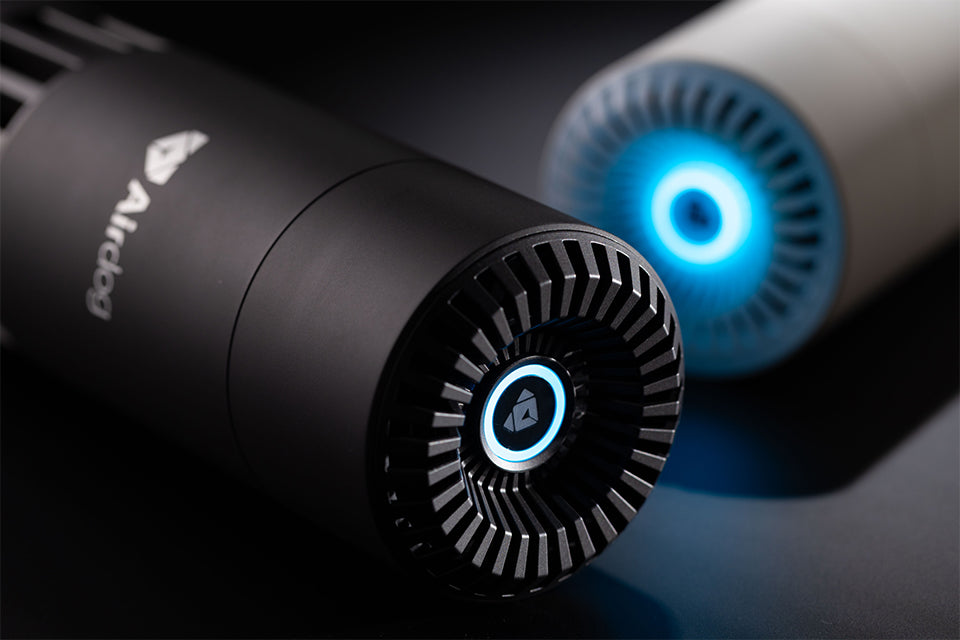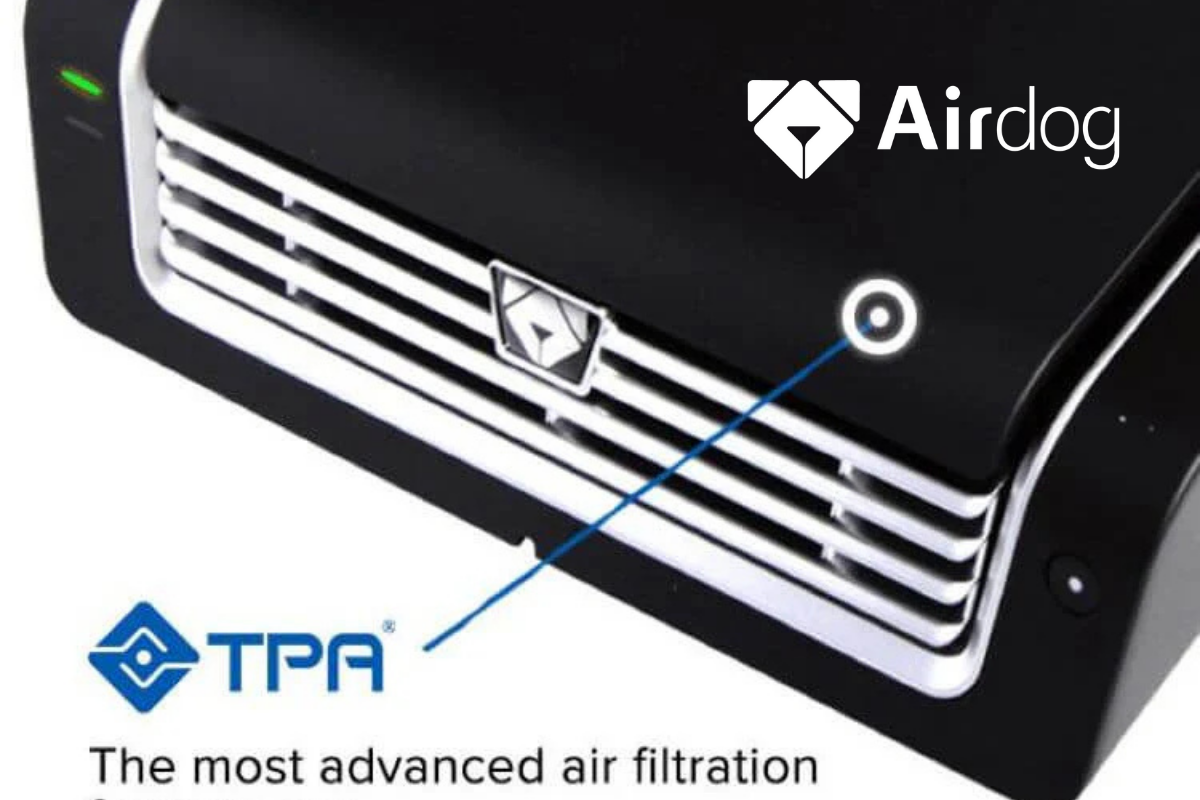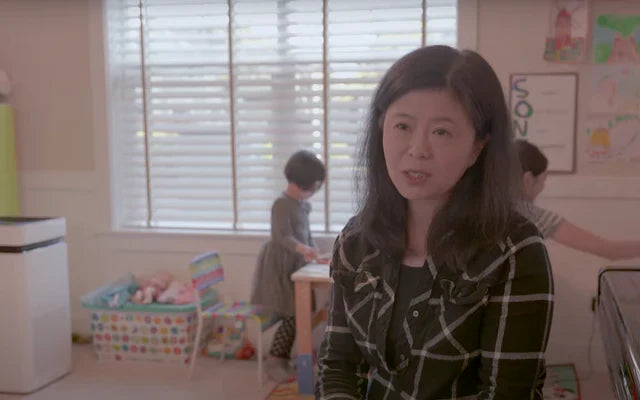Young children suffer the most from less-than-acceptable indoor and outdoor air quality levels.
Growing children are more vulnerable and at greater risk than their parents of developing air pollution-related health conditions because their lungs, brain, and other organs are still in the process of developing.
Children, especially toddlers and little ones, breathe air that is closer to the ground, exposing them to fine particulate matter like dust and vehicle exhaust. They also breathe more rapidly and take in more air relative to their body weight. Since children play more, they take in larger volumes of polluted air through their mouths rather than through the filtered nasal passages, again, increasing their risk of health issues. Toddlers spend most of their time indoors, so indoor air quality impacts them more than you think.
Most children in Australian cities and urban areas spend a greater part of their time indoors in Day Care Centres or at school. In both spaces, it’s been reported that the air quality is far from ideal. Air conditioning that recirculates air continuously without the entry of fresh outdoor air can prove to be very harmful for youngsters. Circulating stale air impacts the health, productivity, and comfort of young Australians, both in the classrooms and at home.
So, parents, if you believe the air Bubba’s breathing is just fine, we hope this blog helps to burst your bubble.
The State of Australian Air Quality in Figures
While Australia does have better air quality than most other countries, coming in 128th in the 2024 AQI (Air Quality Index) country ranking for the worst air quality, there’s a lot to be desired, especially in urban areas. Not to forget, in summer, Australia is prone to bushfires, which adds to the poor air quality.
-
Air pollution is damaging the health of Australians and is costing the country around $6.2 billion each year.
-
In 2021, air pollution caused nearly seven times more loss of healthy years for Australian children aged 0–14 than secondhand tobacco smoke did.
-
A study found that eight-year-old children who lived within 100 metres of a busy road had lungs that worked 6% worse than children who lived 400 metres or more away.
-
Breathing in tiny particles (PM2.5) from traffic during pregnancy can raise the risk of having a low-birth-weight baby, similar to passively smoking up to four cigarettes.
-
Living next to a freeway is like breathing in secondhand smoke from up to 10 cigarettes a day.
Common Air Pollutants And Their Impact on Children’s Health
Air pollutants are linked to a variety of health conditions. Their impact is felt by children, who could end up with lifelong health conditions. Get familiar with the contaminants your kids are exposed to daily and how they affect health.
|
NAME OF POLLUTANT |
EFFECT ON CHILDREN’S HEALTH |
|
CO₂ (carbon dioxide) and CO (carbon monoxide) |
Elevated CO₂ levels can cause headache, lethargy, or drowsiness |
|
Particulate matter (PM) includes acids such as nitrates and sulphates, organic and industrial chemicals, biological material, metals, and soil or dust particles |
Associated with or could lead to:
|
|
Formaldehyde (HCHO) |
|
|
Total Volatile Organic Compounds (TVOC) |
|
|
Nitrogen Dioxide (NO2) |
|
Wrapping Up: What Should You Be Doing For Cleaner Air At Home?
As a parent, it is important for you to reflect on the impact poor air quality is having on your little ones and your growing teenagers. Making an effort to ensure clean air at home with a little help from air purifiers is something you should consider, especially if you have toddlers.
While regular cleaning, dusting, and vacuuming do help to remove larger particulate matter, an air purifier can go a step further and destroy airborne germs, bacteria and viruses. Popular air purifiers in the market today depend on the ability of a HEPA filter to weed out contaminants in the air.
HEPA air purifiers can get pretty expensive in the long run because of their high maintenance and component replacement costs. Also, using one HEPA filter is the equivalent of using approximately 70 plastic bags! A more environmentally friendly and cost-effective choice would be air filters from the Airdog series.
The Airdog air filter series destroys germs with electrostatic energy, trapping particles as small as 0.014.6 microns. It’s possible only because of the patented Two-pole Active Filtration Technology® (TPA) technology found in the Airdog series that goes beyond the concept of a traditional HEPA, working to eliminate bacteria, viruses, odours, and remove common air pollutants. You’ll find small models that fit in your car as well. Buy an Airdog air purifiers which is a great step forward to ensure cleaner air at home and healthier children.




